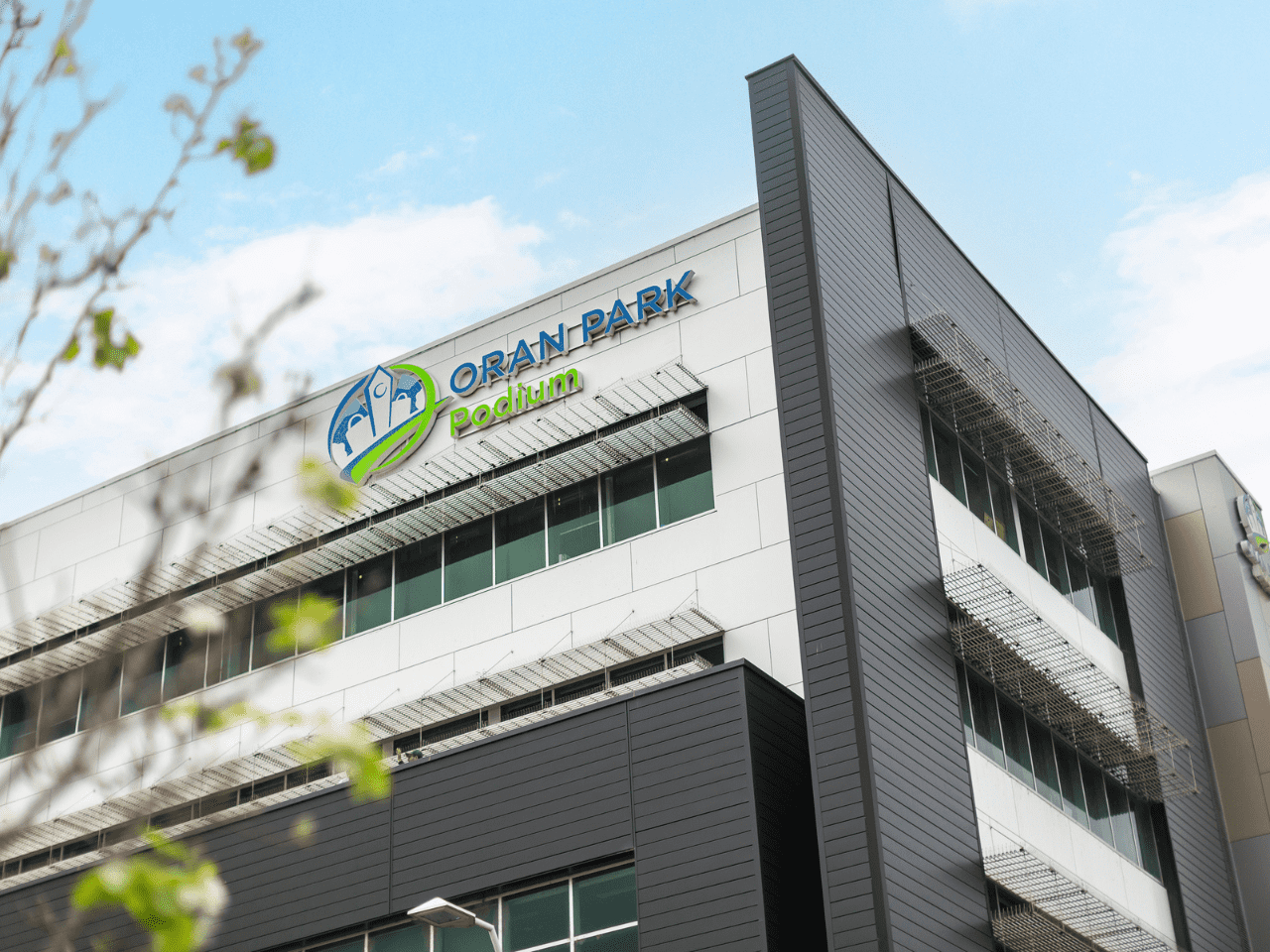A Deep Dive Into Recladding: What is it and When Do You Need It?
An all-inclusive guide to recladding that takes a deep dive into what recladding is and when recladding may be appropriate or required by Australian law.
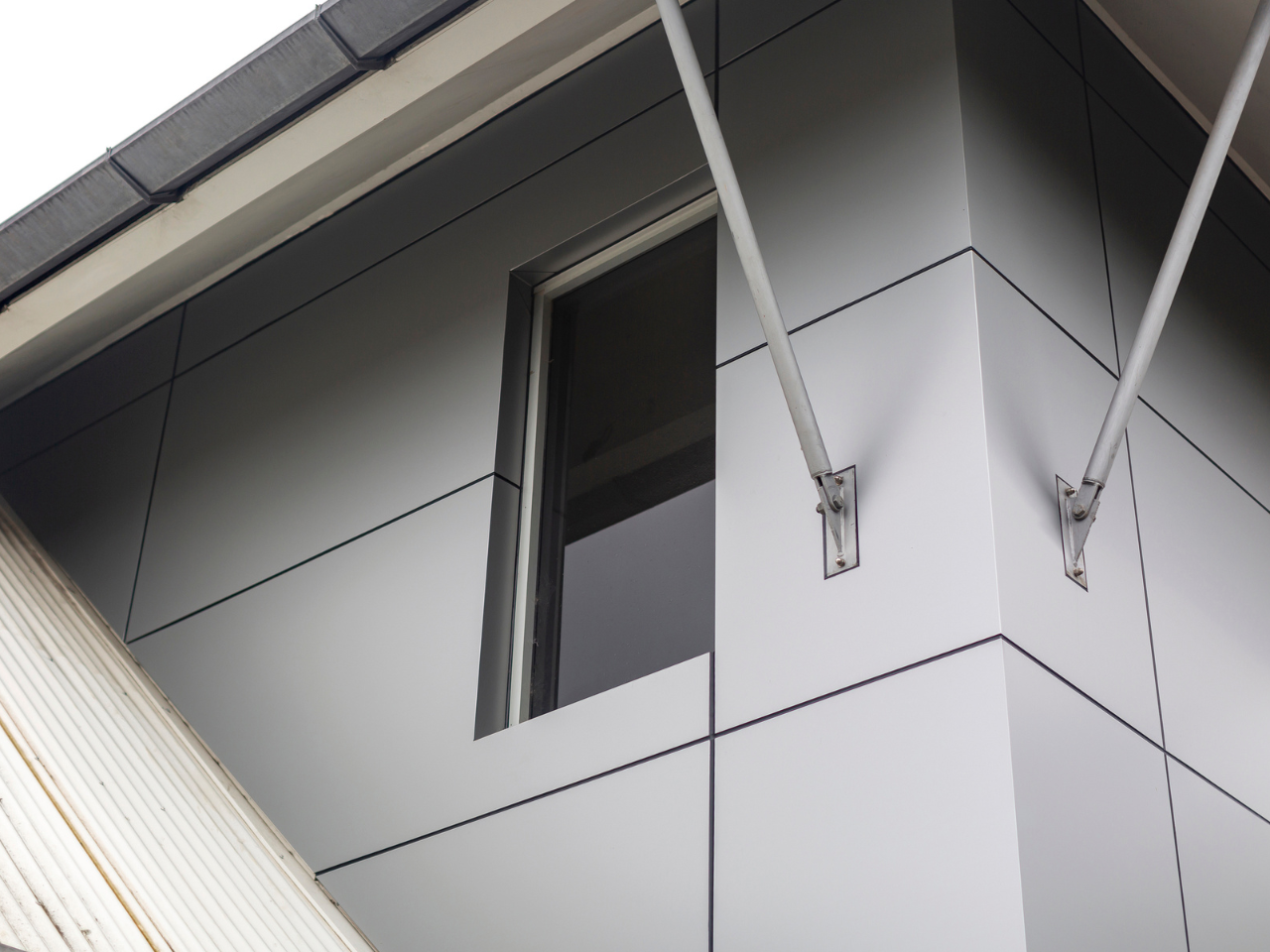
Cladding is the outer layer of a building’s exterior walls and is a key component of the broader “facade” of a structure.
Cladding products, when functioning properly, are generally designed to serve three important purposes:
- To add to the aesthetic design of a building,
- To protect internal building materials, and
- To regulate temperature for thermal efficiency
However, as is to be expected, many building cladding products will often fall short in one, or multiple of these key metrics over time.
Hence the need for “re”cladding.
What is recladding?
Recladding is where the existing building cladding is removed and replaced by an alternative cladding material that not only better serves the desired purpose but (as will be discussed) is Australian regulation-compliant as well.
In this article, we take a deep dive into the three key reasons for recladding to further understand what it is, and when it would be appropriate (or even necessary).
3 reasons for recladding
Here are the most common causes for the need to reclad a building.
1. Recladding for aesthetics
As a highly visible component of a residential building or commercial structure, cladding products vary significantly in terms of their colour, patterns and overall design.
As with any stylistic feature, many products will become outdated over time with owners hoping to create a more modern look and feel.
While this may seem like a simple cut-and-paste process of removing the original cladding and replacing it with the newly designed style, there are many important regulations to consider. For example, major colour changes require council approval in many states and jurisdictions such as NSW.
As a result, it’s best to understand what your local recladding regulations are and to take these into account when deciding whether or not to reclad as well as how you may go about it.
If you are looking for a helping hand through this journey, or are interested in an aesthetically pleasing option for recladding, look no further than ALPOLIC™ NC/A1 which is available in a wide variety of appealing colours and styles.
2. Recladding for functionality and energy efficiency
As with any external building material, cladding is often worn down by the elements or damaged by other means. Under these circumstances, recladding is not only recommended but often required to protect the more fragile elements of the building.
Outside of general functionality, however, a common reason for recladding is to improve the thermal efficiency of a building or other structure – that is, the ability of cladding to retain warmth in winter and cooling in summer.
While effectiveness may vary between materials, an effective recladding product such as ALPOLIC™ has a design life of 50+ years, and its mineral core is very effective in minimising thermal conductivity, creating a sturdy barrier between the interior and exterior of the building and therefore assisting to regulate indoor temperatures.
Ultimately, recladding your building or commercial space with more energy-efficient cladding products is an integral step toward cutting energy bills over the long term and keeping tenants comfortable.
3. Recladding for non-compliant cladding
One of the most common reasons for recladding and the one we service most often is when current cladding materials are considered non-compliant with jurisdictional regulations around flammable cladding cores and fire-resistance capabilities.
After a recent global spike in combustible cladding causing high-rise building fires, stricter regulations have been put into place. This means that many Australian cladding products currently on buildings are now considered non-compliant and need to be replaced.
In this circumstance, ignoring the need for recladding is illegal
While different Australian state regulatory bodies have very different rules, the general rule is that any cladding containing more than 30% combustible material is considered dangerous and must be remediated.
For more detailed information about whether this affects you or your business, read our next article, A Strata Managers Guide to Recladding for Multi-Residential Buildings.
In the meantime, if you would like to determine the legality of your cladding, we suggest consulting an expert local fire engineer for an official cladding assessment to gather a report of your specific circumstances including the presence of any non-compliant cladding and how much may need to be replaced.
For an effective recladding option, Network Architectural offers our clients ALPOLIC™ NC/A1, a fire-safe, fully compliant, aluminium composite cladding that is an approved product on Project Remediate NSW and comes with an industry leading comes with a 20-year FULL manufacturer’s replacement warranty that covers material, labour and rectification costs for faulty materials.
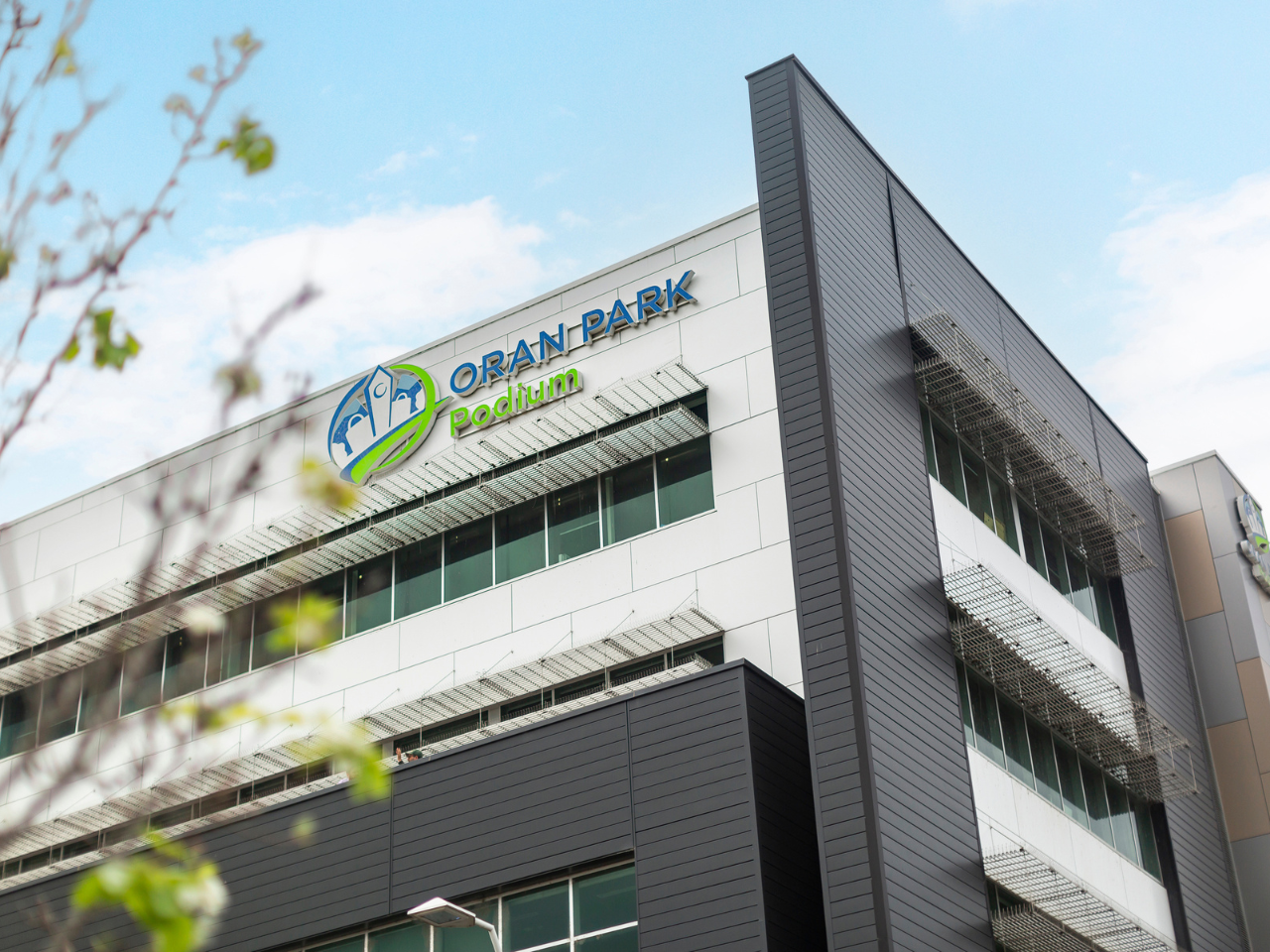
Looking for a compliant and effective product to reclad your building?
If you’re concerned about your cladding or looking for the right recladding solution, then you’ve come to the right place.
As always, it’s best to seek the expertise of a trusted and well-established cladding supplier that can provide you with the highest standard of cladding products.
At Network Architectural, we provide a large range of cladding products, all backed by large and reputable companies that provide manufacturer warranties like ALPOLIC™ by Mitsubishi Chemical Infratec Co., Ltd.
For further information on our cladding offers, please don’t hesitate to contact us.
We can’t wait to become your partner to success for all your building and construction projects.
Related Articles

The Cladding Conversation: Facade Engineers Shouldn’t be an Afterthought
In this episode of Talking Architecture & Design, Total Building Engineering Solutions’ Mario Mey and Network Architectural’s Llewellyn Regler explore why engaging Facade Engineers early in a project is essential—not optional. From fire safety and waterproofing to the benefits of using ALPOLIC™ cladding, they discuss the evolving cladding landscape, the impact of the DBP Act, and the future of safe, high-performing facades.
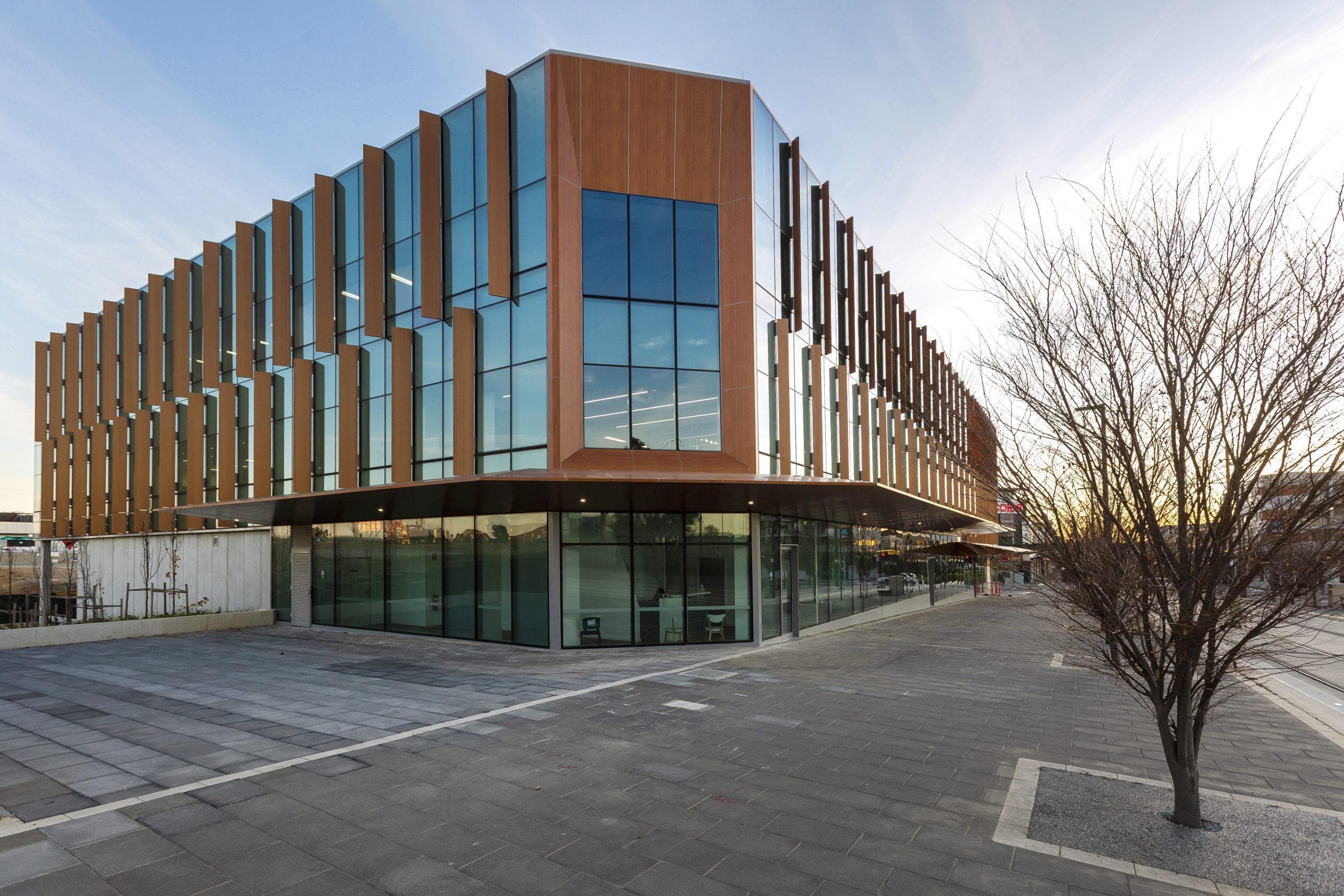
Engineering Resilient Facades
Australia’s extreme climate demands durable facades that ensure safety, performance, and longevity. This whitepaper explores key compliance standards and material solutions, designed to withstand harsh weather and thermal expansion.
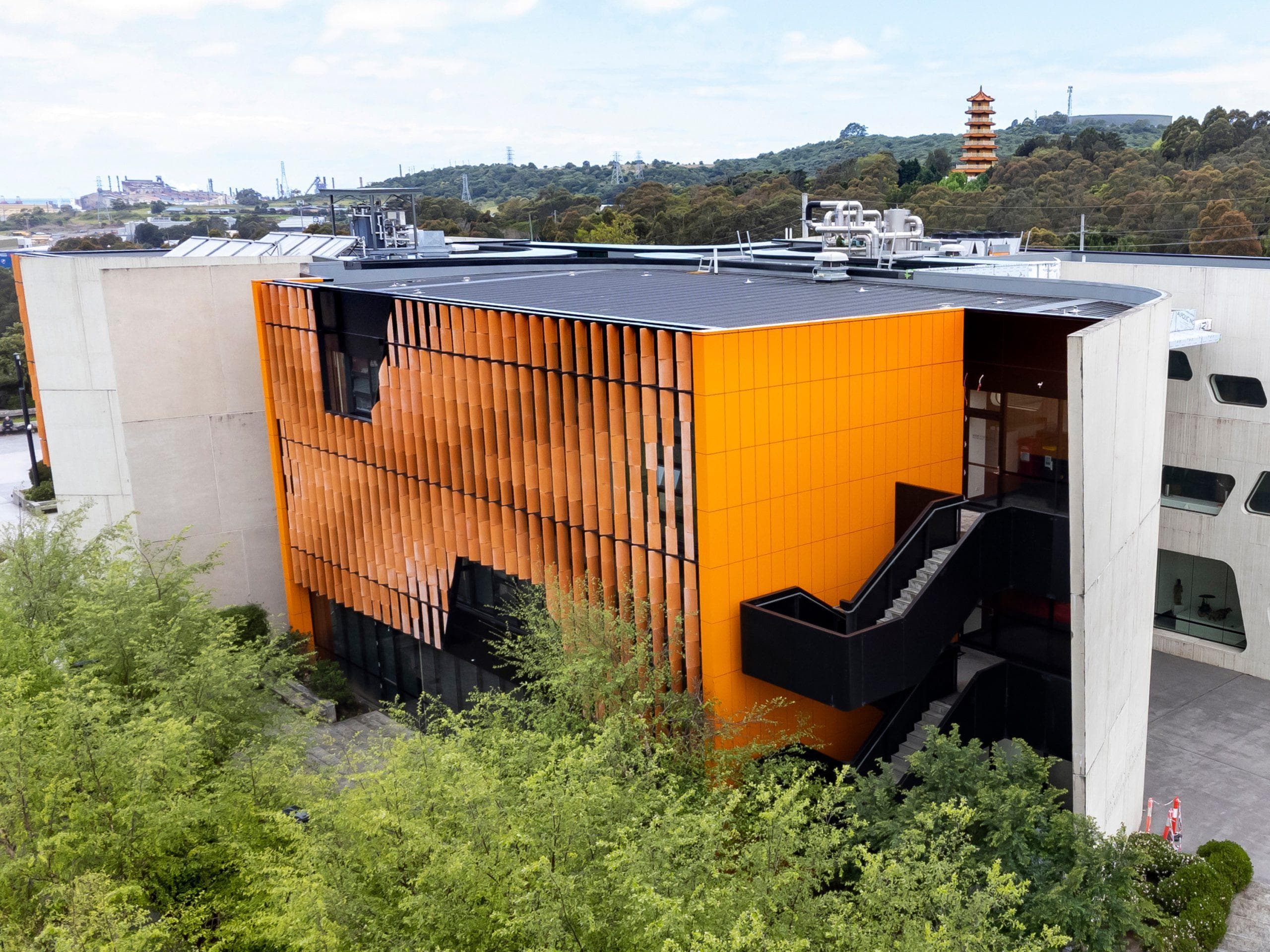
Sustainability eBook 2024
For the third year in a row, Network Architectural was proud to sponsor the Commercial Architecture (Large) category for Architecture & Design’s Sustainability Awards 2024.
